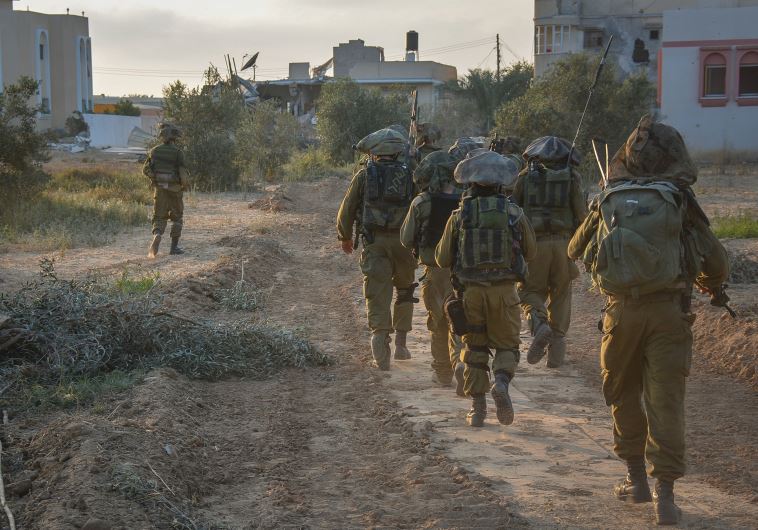The wars that defined us: A battleground in Israel's backyard
A Jerusalem Post correspondent reflects on his time covering Operation Protective Edge.
 IDF FORCES operate inside the Gaza Strip during Operation Protective Edge(photo credit: IDF SPOKESMAN’S UNIT)
IDF FORCES operate inside the Gaza Strip during Operation Protective Edge(photo credit: IDF SPOKESMAN’S UNIT)